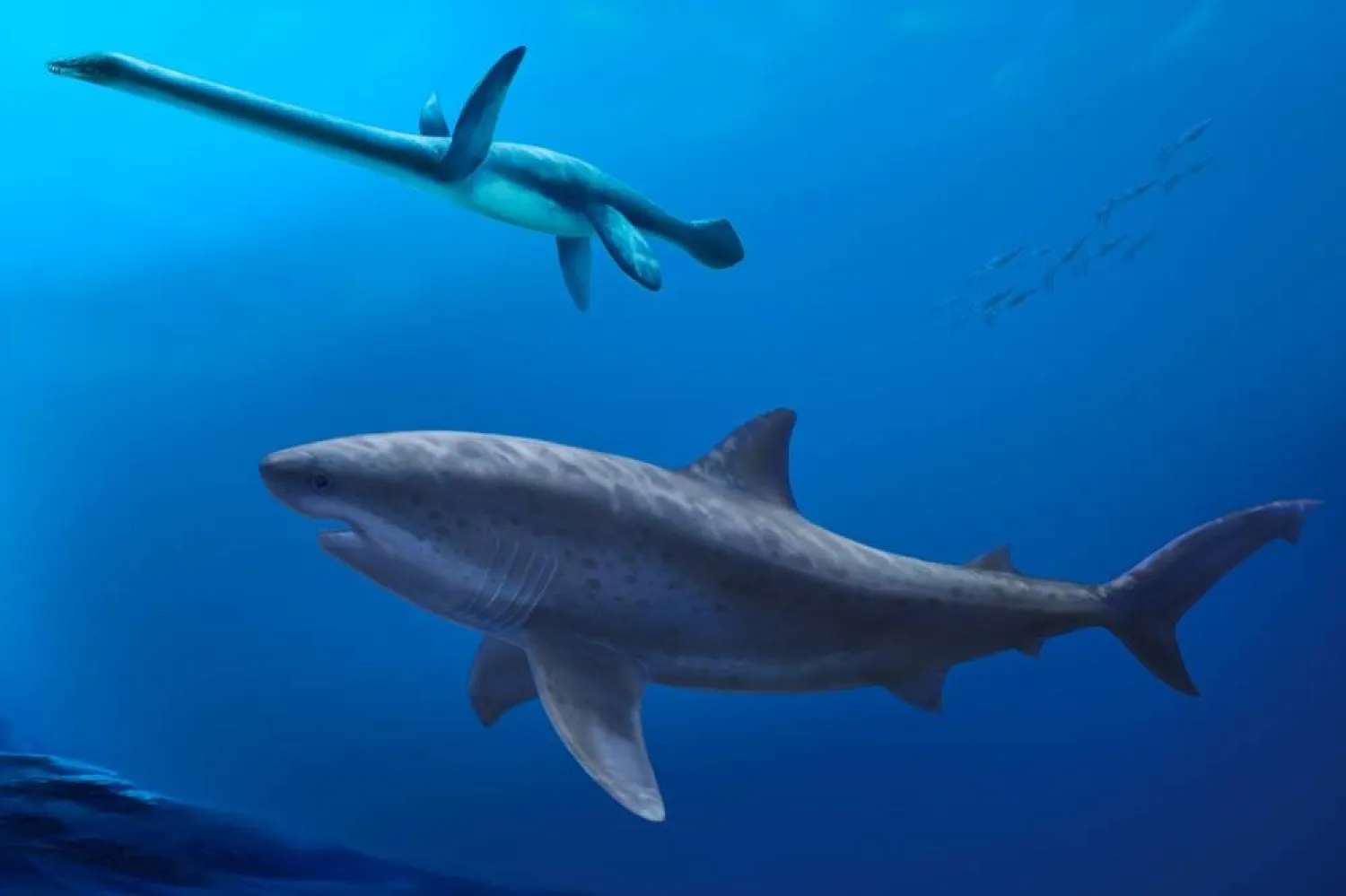California’s governor flew in for the young bears’ debut. Throngs of media gathered inside the zoo, while the city of San Diego warned of traffic jams ahead of the much-anticipated event Thursday.
The San Diego Zoo rolled out the red carpet for the first public showing of its celebrity residents, who were already dressed in black-and-white attire. The two giant pandas, the first to enter the US in two decades, seemed unfazed by all the attention, sunbathing and chowing down on bamboo in their new home.
For years, the Chinese government has loaned pandas to zoos around the world in a practice called “panda diplomacy.” These fuzzy ambassadors have long been a symbol of the US-China friendship, ever since Beijing gifted a pair of pandas to the National Zoo in Washington, DC, in 1972.
But in recent years, China stopped renewing panda loans to zoos and calling back home the animals it had given to Western countries as relations soured. The San Diego Zoo’s previous pandas left in 2018 and 2019.
Then in February, the China Wildlife Conservation Association announced it was sending two more pandas to San Diego and also signing agreements with the zoo in the Spanish capital of Madrid, quelling fears that Beijing was ending its historic panda diplomacy. San Diego's pandas arrived in June and have been acclimating to their new home before being seen by the public.
“This is about something much deeper, much richer, than just the two beautiful pandas we celebrate,” Gov. Gavin Newsom said at the opening ceremony that included dancing, music, and remarks from Chinese ambassador Xie Feng, and other local officials. “It’s about celebrating our common humanity.”
For the occasion, Newsom proclaimed Aug. 8 as California Panda Day and recognized the San Diego Zoo as the first organization in the US to establish a cooperative panda conservation program with China.
Xie said he met someone on his flight who had traveled all the way from Washington, DC, to see the pandas.
“Two little panda fans from California wrote several letters to me proposing giving China grizzly bears to get pandas,” Xie said, eliciting laughs.
Only four other giant pandas currently reside in the United States, all at the zoo in Atlanta. However, the Smithsonian’s National Zoo will receive a new pair of pandas by the end of the year after its last bears returned to China last November. As part of the loan agreement, US zoos typically pay $1 million a year toward China’s wildfire conservation efforts, and all cubs born in the US must return to China by age 4.
Both pandas at the San Diego Zoo were born at the Wolong Shenshuping Panda Base in China’s Sichuan province.
Yun Chuan is a nearly five-year-old male panda described by the zoo as “mild-mannered, gentle and lovable.” He is the grandson of Bai Yun and Gao Gao, who both lived at the San Diego Zoo for more than a decade. His mother, Zhen Zhen, was the fourth cub born at the zoo.
Xin Bao is a nearly four-year-old female panda described by the zoo as a “gentle and witty introvert with a sweet round face and big ears.”
“Her name means a treasure of prosperity and abundance, and we hope she will bring you good luck,” Ambassador Xie said. He also spoke about China being California’s top trading partner as well as the large Chinese community in the state and the abundance of Chinese tourists.
Among the pandas' biggest fans are two kids who were proudly wearing “Panda Ridge” t-shirts and carrying plushies at the zoo Thursday morning.
“Pandas are their favorite animals, if you could only see what our house looks like in terms of stuffed animals,” their father James Metz said.
It was also his seven-year-old daughter's birthday, making it an extra special occasion. For weeks, the family has been eagerly watching live panda feeds from China in anticipation of the bears' arrival.
Yun Chuan and Xin Bao were hanging out and relaxing after eating, Metz said.
A portrait of one of the panda's grandmothers, who lived at the zoo for more than 20 years, was created by California-based artist Shepard Fairey, who is best known for designing the “Hope” imagery in former President Barack Obama’s 2008 campaign.









